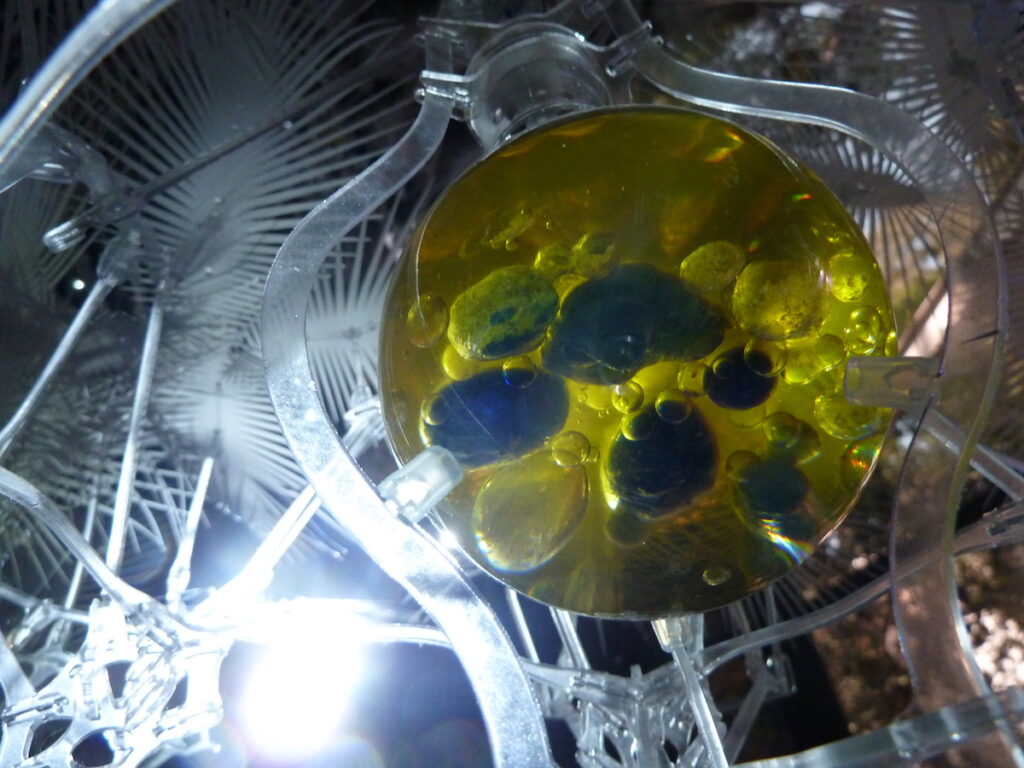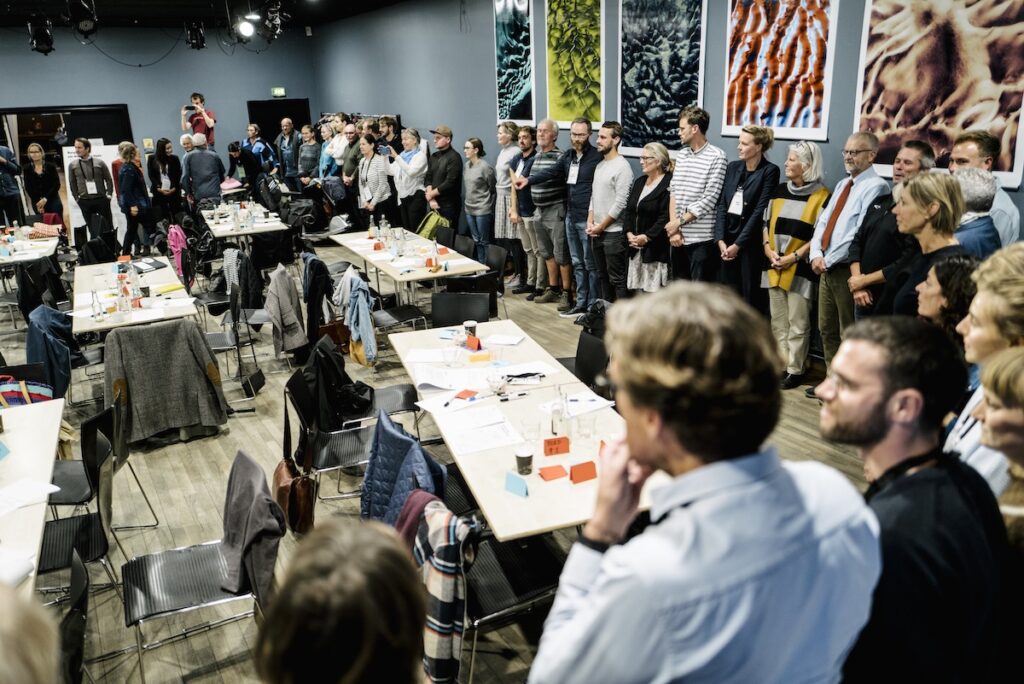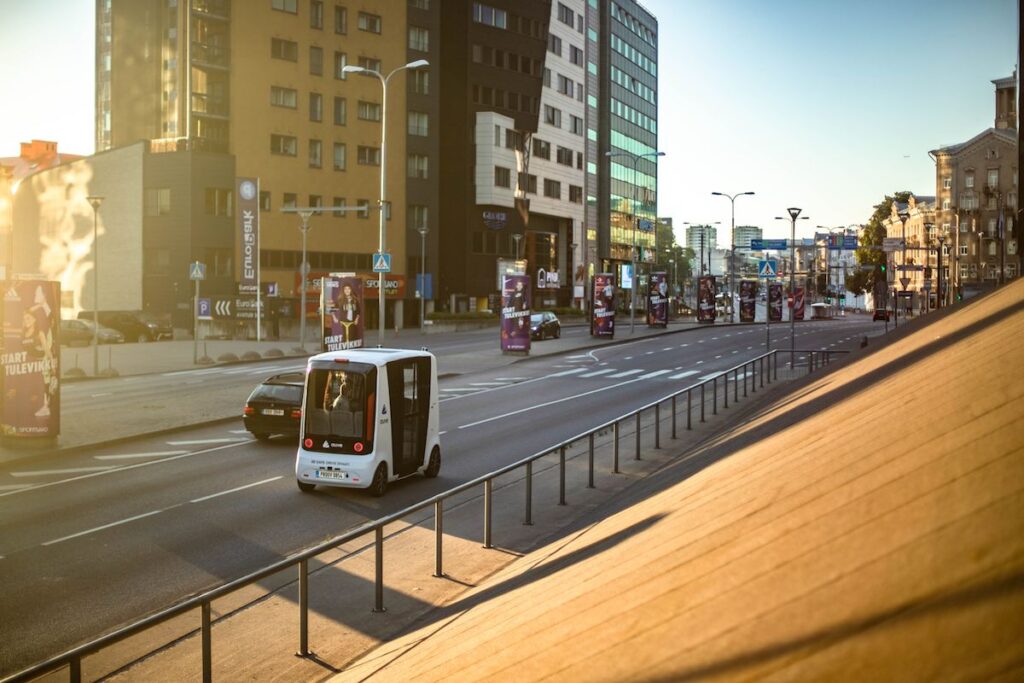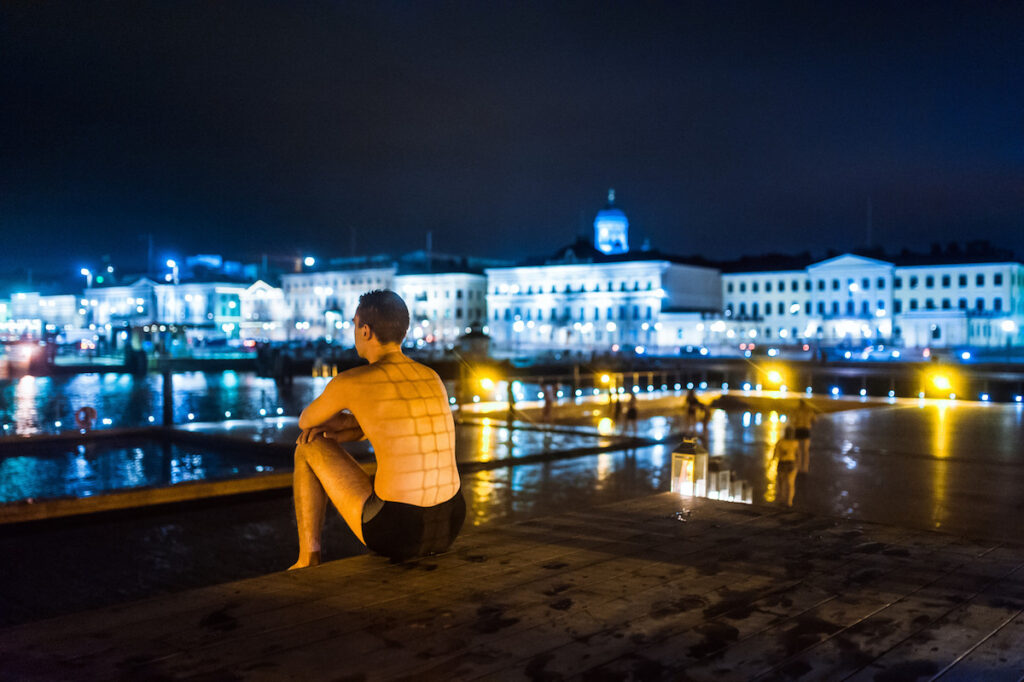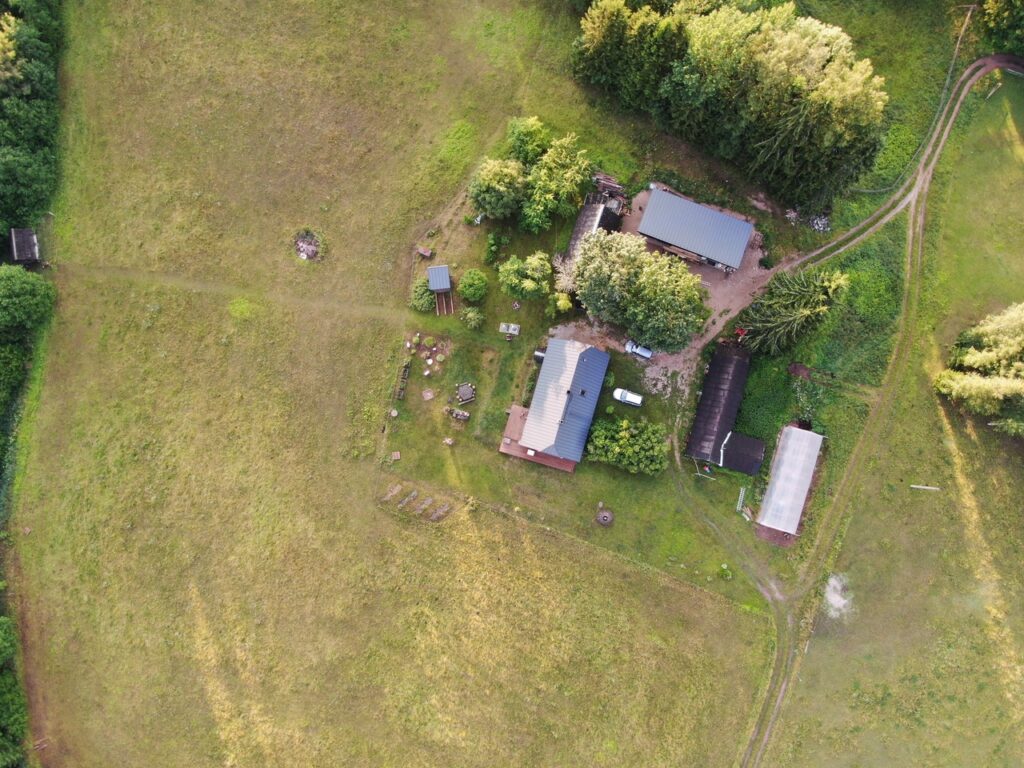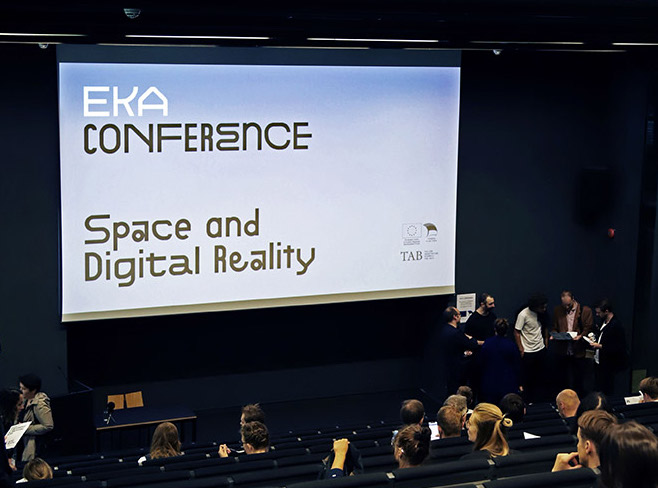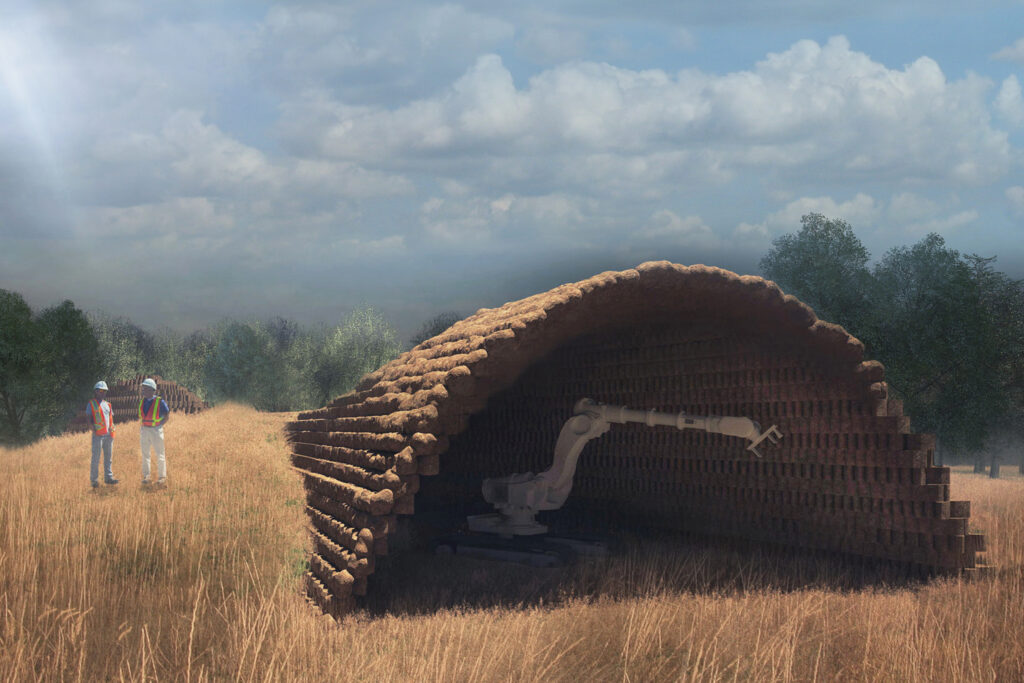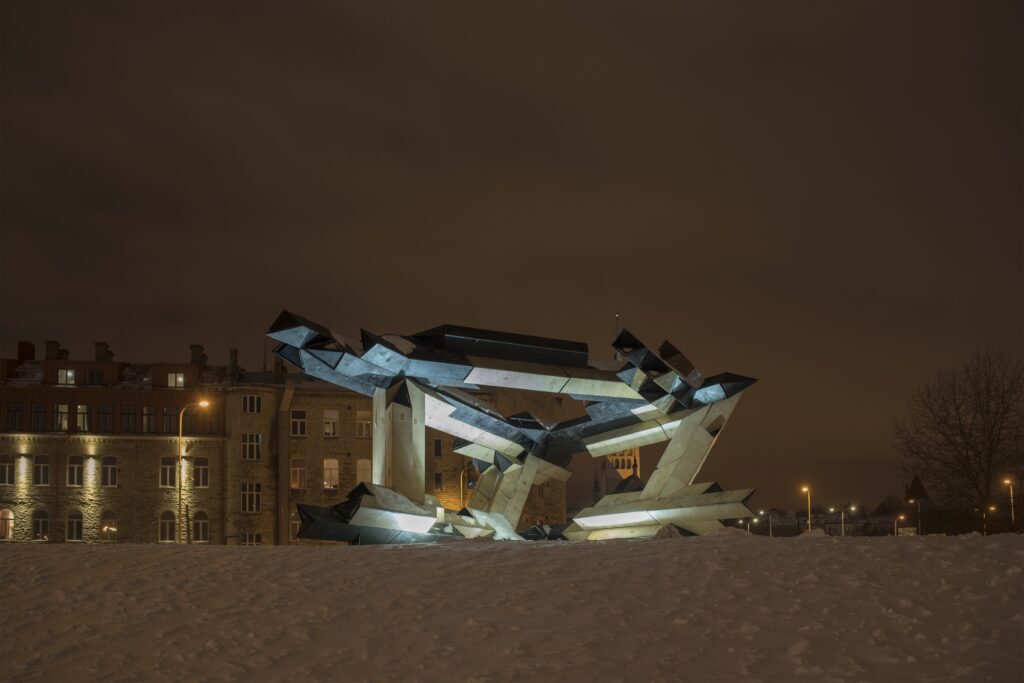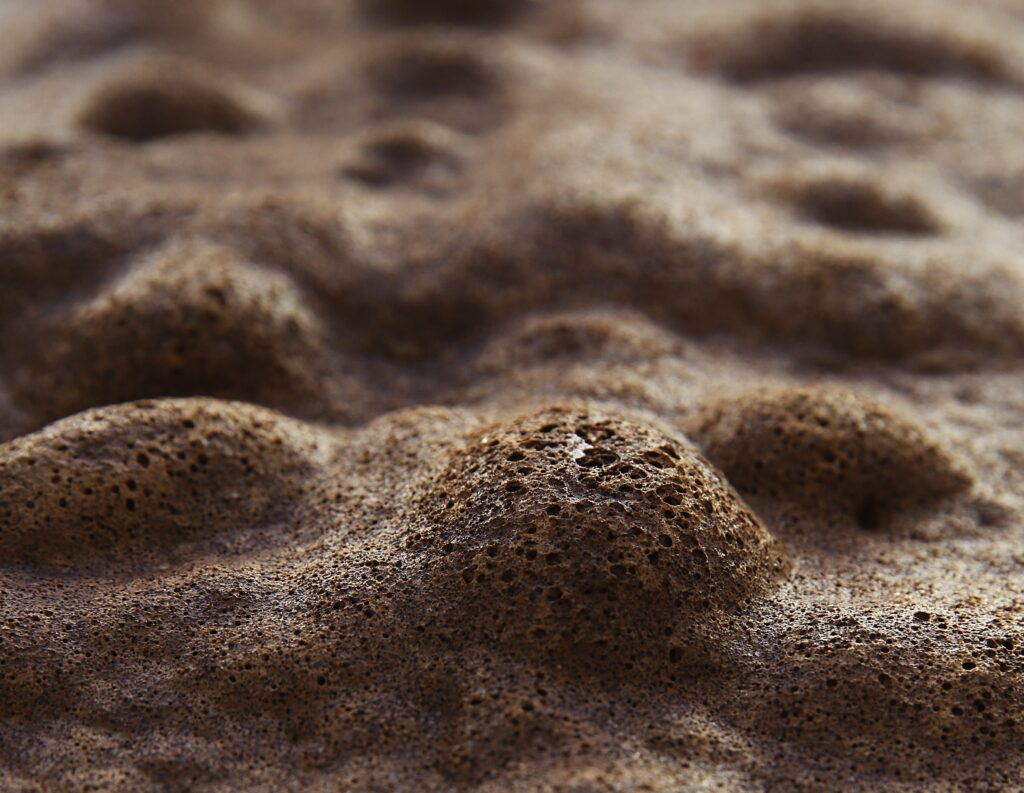SMART
Life-centric approach in architecture and spatial planning may pave the way for more symbiotic relations between nature and the city.
The greatest challenge for Estonian towns and rural municipalities is to move from governing to enabling. An enabling locality facilitates its residents’ initiative and cooperation between local actors .
The FinEst Twins Smart City Centre of Excellence aims to establish a platform for Estonian smart cities to match Estonia’s high-level presence as a digital state. What are the challenges that Estonian municipalities must face when creating a smart living environment?
This article is based on Demos Helsinki's report 'People First: A Vision for the Global Urban Age' published in June 2020.
During a two-week stay in MAAJAAM, an artist residency in Neeruti village near Otepää, Belgian architect Edith Wouters reflected on what a desired future for villages in the countryside could be.
The top-level conference held at the Estonian Academy of Arts during the Tallinn Architecture Biennale dealt with the effect of digitality on architecture, production processes and society.
Last year I defended my Master’s thesis at the Faculty of Architecture of the Estonian Academy of Arts researching a thoroughly new building material – peat and oil shale ash composite. Both substances in their pure form are poorly applicable or even unusable in construction. Things get interesting, however, as soon as you join the two materials.
A Discrete Paradigm for Design and Production.
The use of program-controlled machinery in customised production.
“Coffee Morphoses” is a set of natural materials generated in the course of a practical study. By analysing the local organic resource, I came to ask if the waste of imported goods could become the new local raw material.
Postitused otsas
ARCHITECTURE AWARDS


